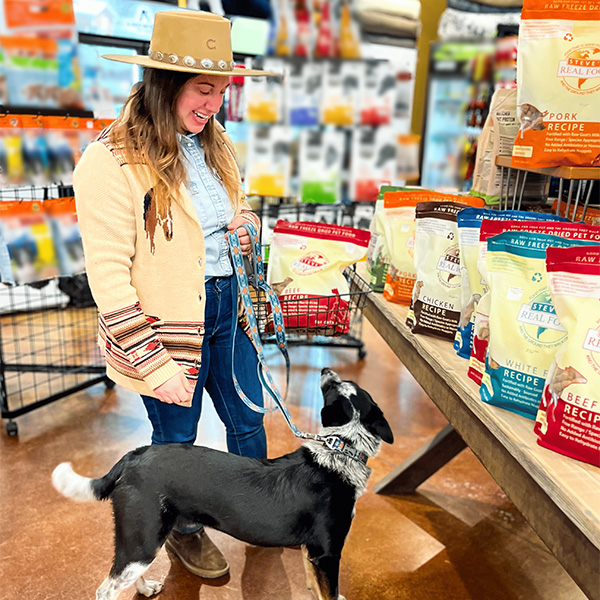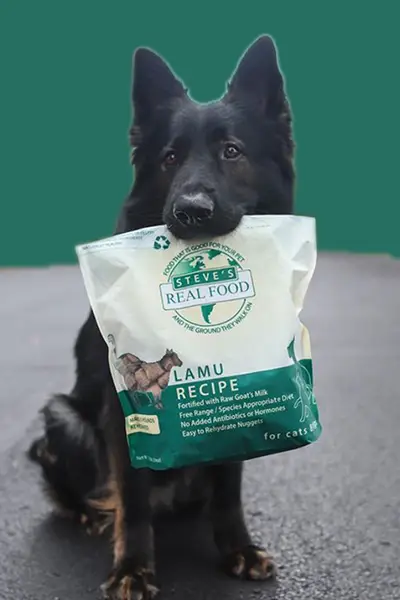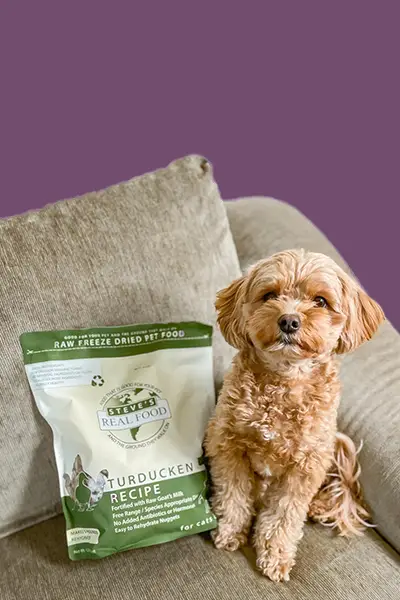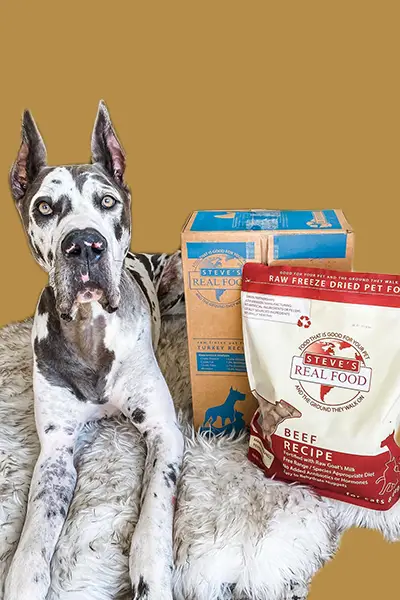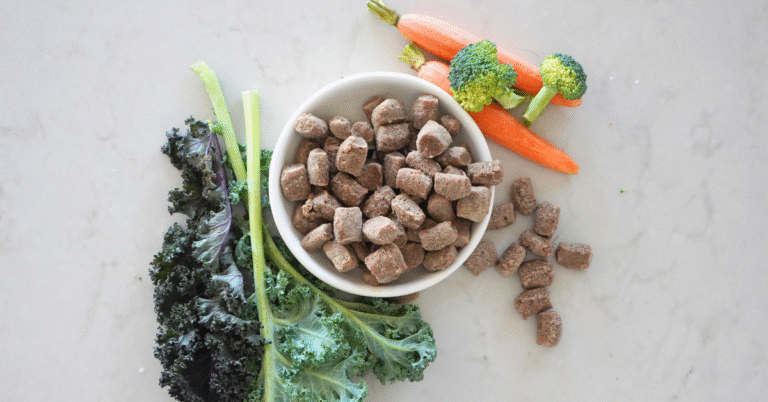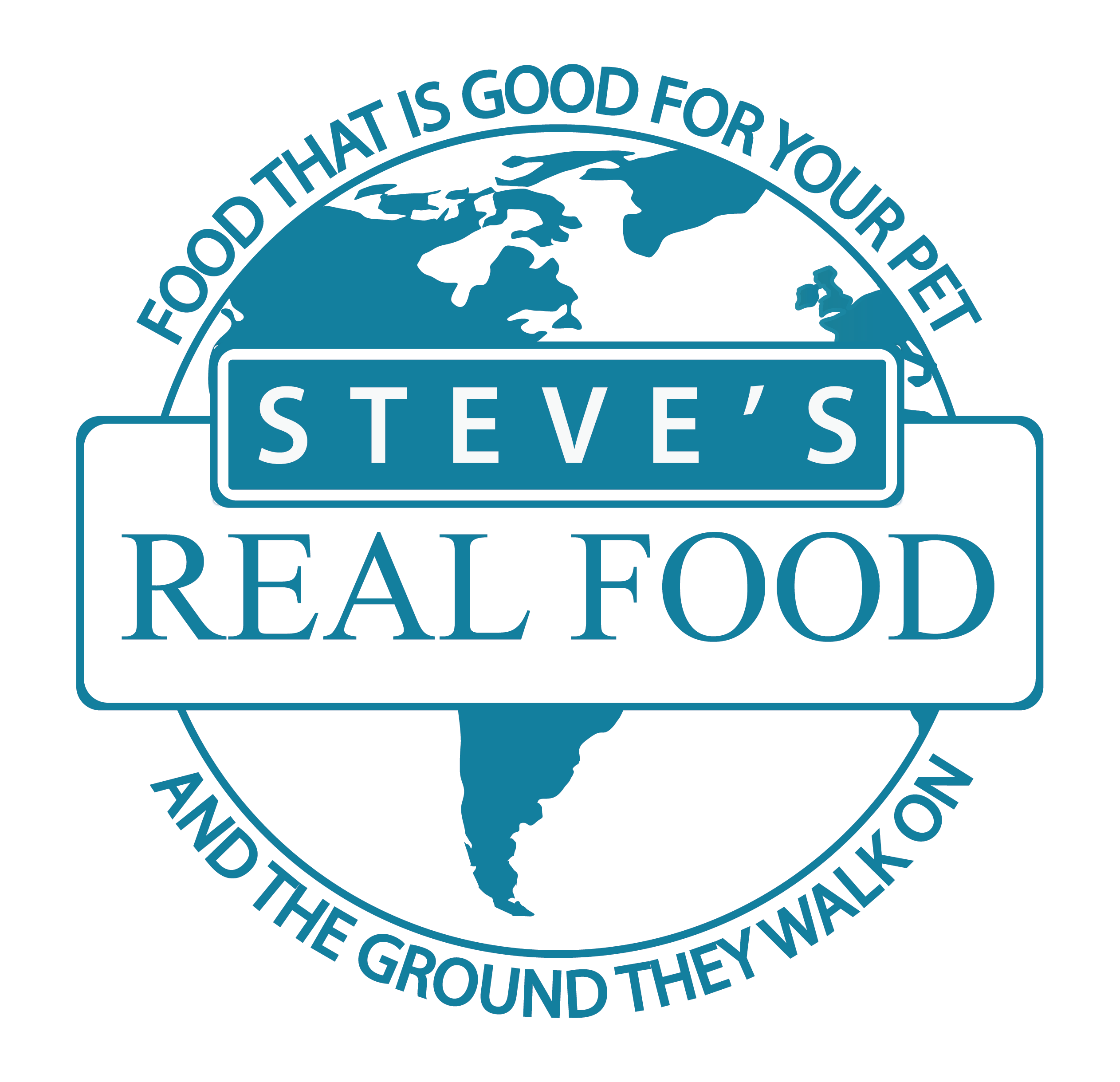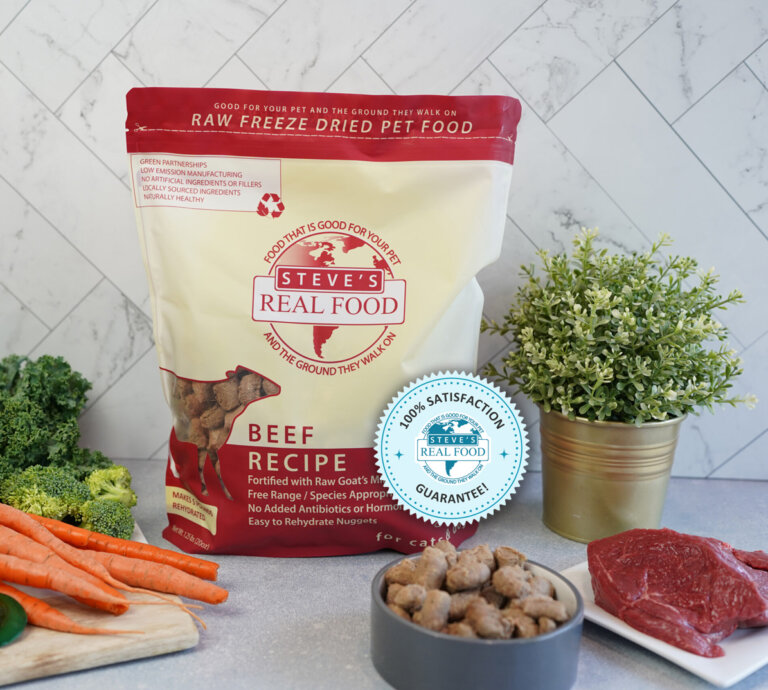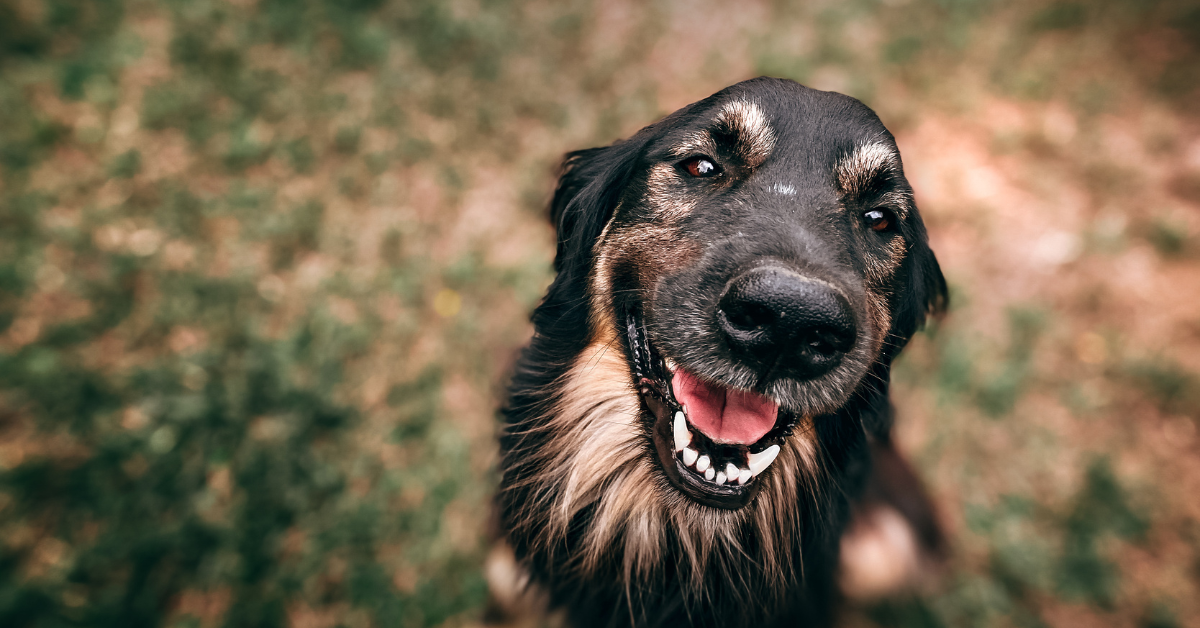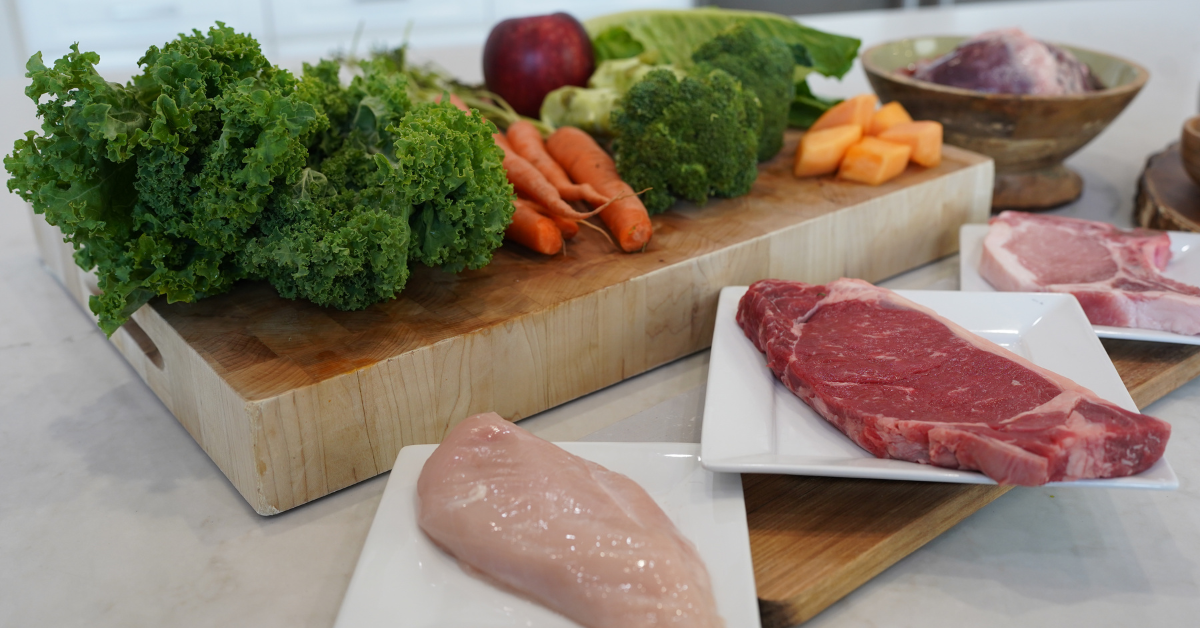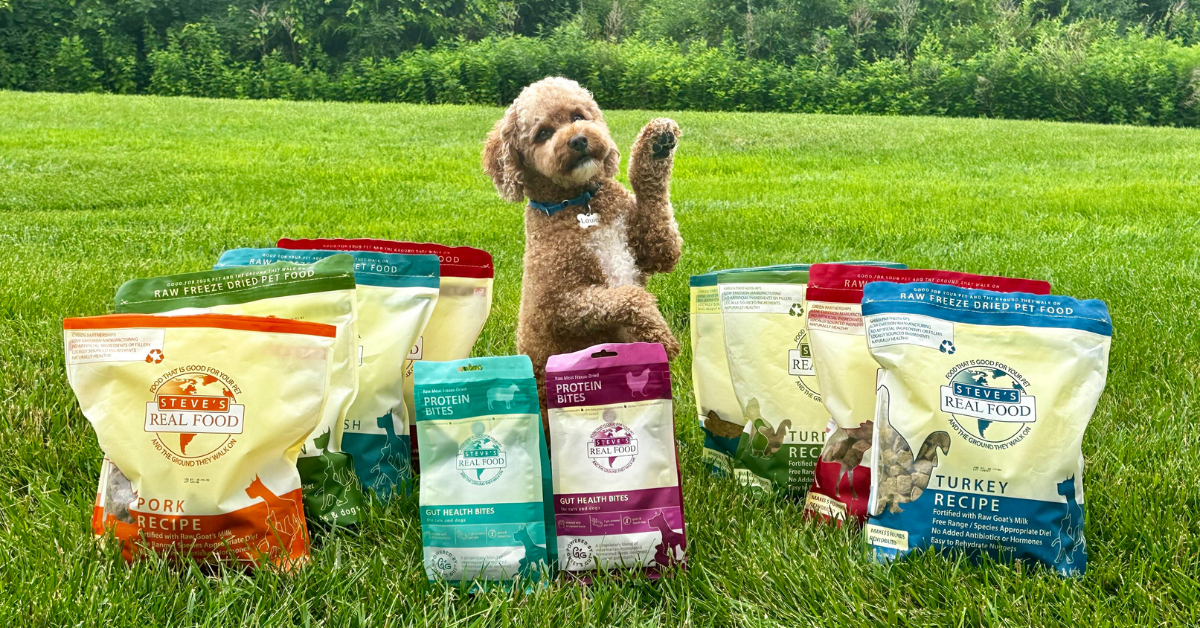If you’ve ever been met with smelly dog breath or decaying dog teeth, you know how unpleasant it can be. But did you know that bad breath in dogs often indicates underlying dental health issues? Just like in humans, excessively bad breath is a sign of poor oral health. Read on to learn how diet affects dog oral health.
Why Does My Dog’s Breath Stink?
While occasional bad breath can be normal after feeding something stinky like a pig ear, a persistent bad smell typically points to bacteria buildup in the mouth, gum disease, or even digestive imbalances. Poor dental hygiene is often the problem. When food particles and bacteria accumulate in your dog’s mouth and on their teeth, they form plaque, which hardens into tartar and causes inflammation. This plaque-formation process releases some bad smells, leading to chronic bad breath. Many commercial pet foods exacerbate the issue by leaving behind starchy debris that sticks to teeth, creating the perfect breeding ground for bacteria.
However, bad breath isn’t just about oral health. Your dog’s gut plays a role, too. An imbalanced digestive system can produce smelly gases that travel up the esophagus, resulting in persistent bad breath.
Dog Bad Breath Causes
There are several possible reasons for your dog’s bad breath beyond dental hygiene and digestive health. As always, contact your vet if you notice sudden changes in your dog:
Kidney Disease: A dog whose breath smells like ammonia or urine may have kidney issues. The kidneys help filter waste from the blood, and when they aren’t functioning properly, toxins can build up, leading to foul-smelling breath.
Diabetes: If your dog’s breath has a sweet or fruity scent, it could indicate diabetes. High blood sugar levels can lead to ketone buildup, causing an unusual smell in the mouth.
Liver Disease: A dog with bad breath accompanied by vomiting, loss of appetite, or yellowing of the gums and eyes may have liver problems.
Oral Infections & Abscesses: Infections in the mouth, particularly around the gums or roots of the teeth, can create a strong foul odor. Abscesses or rotting teeth could be the issue.
Foreign Objects Stuck in Teeth: If your dog has been chewing on something that got lodged between its teeth, like a fragment of a chew or a piece of a toy, it can cause decay and bacteria buildup, leading to smelly breath.
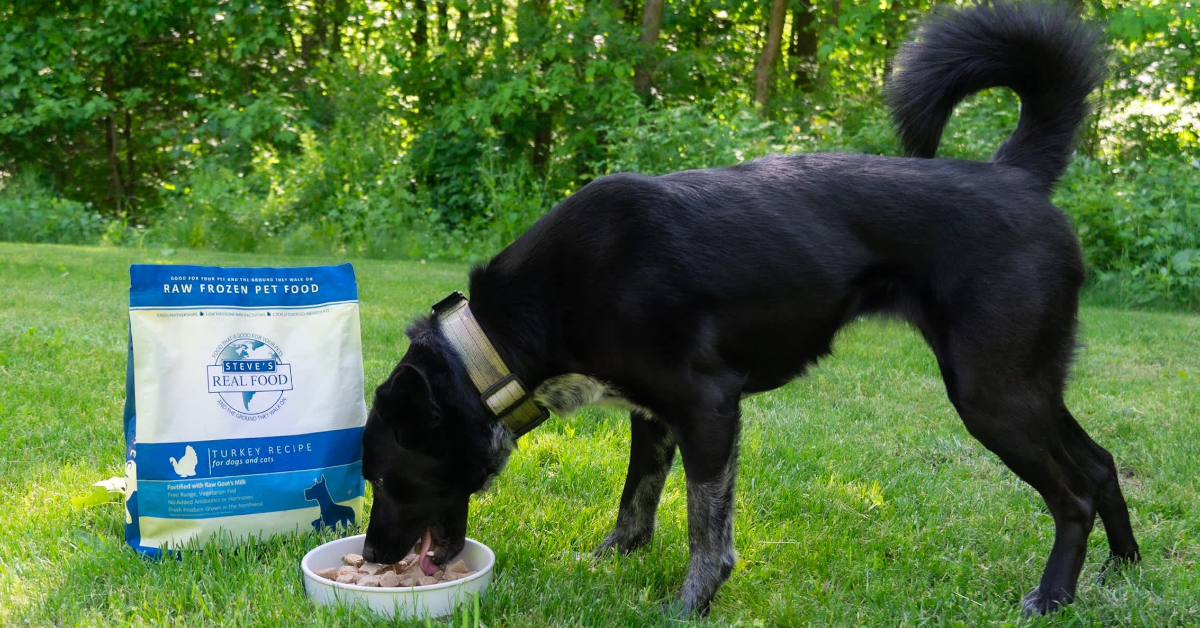
Starches Are a Problem for Dog Teeth
By the age of 3, over 80% of dogs suffer from gum disease. This is often due to a diet full of processed foods. Many commercial kibble diets mainly contain starches and carbohydrates like corn, wheat, rice, potato, tapioca, and peas. These ingredients may seem harmless, but they negatively affect your dog’s teeth and gums in the following ways:
- Starches Feed Bacteria: When your dog consumes a diet high in starches, such as most kibble, the carbohydrates leave behind a starchy film on its teeth, breaking down into sugars. These sugars feed bad oral bacteria, leading to plaque buildup—it’s kind of like brushing your teeth with pretzels! Over time, this plaque hardens into tartar, contributing to gum disease, tooth decay, and other serious oral health problems.
- Acid Production Erodes Enamel: The bacteria that thrive in plaque produce acids that erode tooth enamel, making your dog’s teeth more susceptible to decay and infection. As the enamel weakens, your dog’s teeth become more vulnerable to cavities, abscesses, and infections that can cause significant pain and require expensive veterinary treatment. This is the same way cavities are created in people’s mouths, and why dentists tell you not to eat sugary, processed foods!
- Kibble Doesn’t Clean Teeth: There’s a common myth that kibble helps clean teeth by scraping them, but this is far from the truth. In reality, most kibble is brittle and shatters on impact, doing little to scrape off plaque or tartar. It also leaves behind starchy residue that feeds bad bacteria.
- Dog Tartar Buildup: Tartar buildup occurs when plaque hardens on a dog’s teeth. Once tartar forms, it becomes much harder to remove and often requires professional cleaning. Signs of tartar buildup include yellow or brown discoloration on the teeth, inflamed or bleeding gums, difficulty chewing or loss of appetite, or excessive drooling or pawing at the mouth. Tartar harbors bacteria that can lead to gum infections, tooth loss, and systemic health issues if left untreated.
"By the age of 3, over 80% of dogs suffer from gum disease."
Raw Diet for Dog Dental Health
Feeding raw dog food can significantly improve their oral health, helping to keep their teeth clean, gums healthy, and breath fresh. Here’s how raw dog food supports your dog’s dental well-being:
Low in Carbs
Steve’s Real Food raw dog food has very little starch. All of our recipes are free of grains and legumes. The only starch comes from vegetables and fruits, which are added to balance our diets and add fiber. This means there’s no excess sugar to feed harmful bacteria in your dog’s mouth. Without the fuel to thrive, bacteria struggle to form plaque and tartar, reducing the risk of gum disease and bad breath.
No Artificial Additives
Many commercial pet foods contain artificial preservatives, flavorings, and additives that can contribute to inflammation and bacterial imbalances in the mouth. Our raw diets contain absolutely zero synthetics. Eliminating these unnecessary ingredients is vital to maintain oral health.
Provides Essential Nutrients for Healthy Teeth & Gums
A raw diet is packed with nutrients that support both teeth and gum health, including:
- Calcium & Phosphorus: These minerals are crucial for maintaining strong teeth and bones. Raw food often contains bone-in meat, naturally rich in calcium and phosphorus, which are vital for healthy teeth and gums.
- Vitamin C: This essential vitamin helps reduce inflammation in the gums and supports immune health. Since raw food includes fresh, nutrient-dense ingredients, it can help manage and prevent gum disease in your dog.
- Omega-3 Fatty Acids: Found in raw fish, grass-fed meats, green-lipped mussels, chia seeds, and flaxseeds, omega-3 fatty acids have anti-inflammatory properties. They help reduce gum inflammation and fight gum disease, which can otherwise lead to pain and infection in your dog’s gums.
Give Your Dog the Best for Their Health
Switching to a raw diet could make all the difference if you’re tired of dealing with your dog’s bad breath and want to support their overall health. At Steve’s Real Food, we offer high-quality, balanced raw dog food made with fresh, natural ingredients to help keep your pup’s teeth clean and their breath fresh.
Ready to make the switch? Visit our Store Locator to find Steve’s Real Food near you, or buy online at RawPetFood.com.
 Beef
Beef Chicken
Chicken Whitefish
Whitefish Pork
Pork Lamb
Lamb Turkey
Turkey Turducken
Turducken All Protein
All Protein Beef
Beef Chicken
Chicken White Fish
White Fish Pork
Pork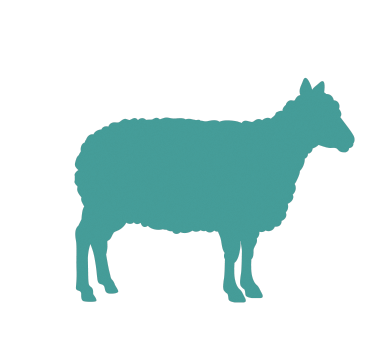 Lamb
Lamb Turkey
Turkey Duck
Duck All Products
All Products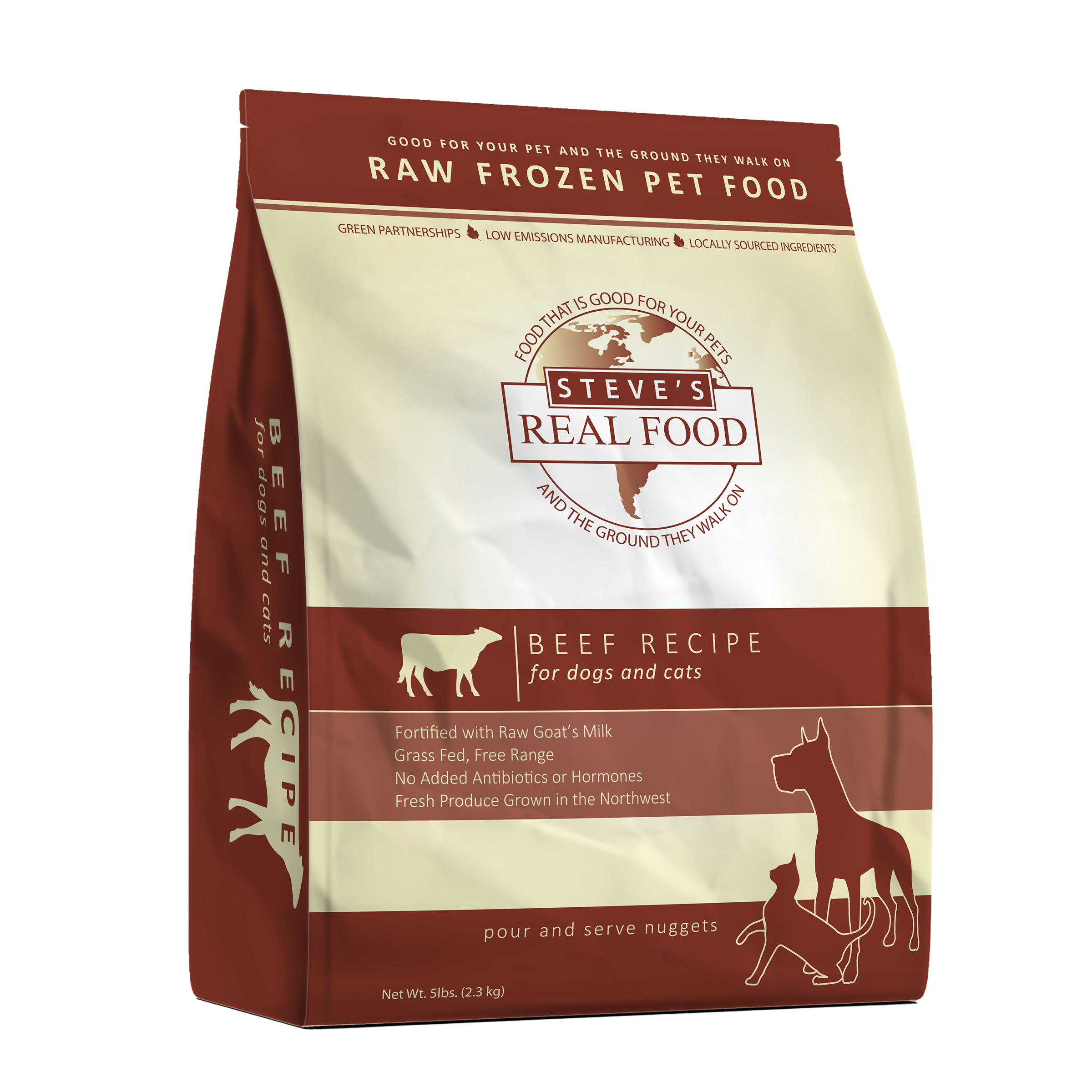 Frozen Raw Pet Food
Frozen Raw Pet Food
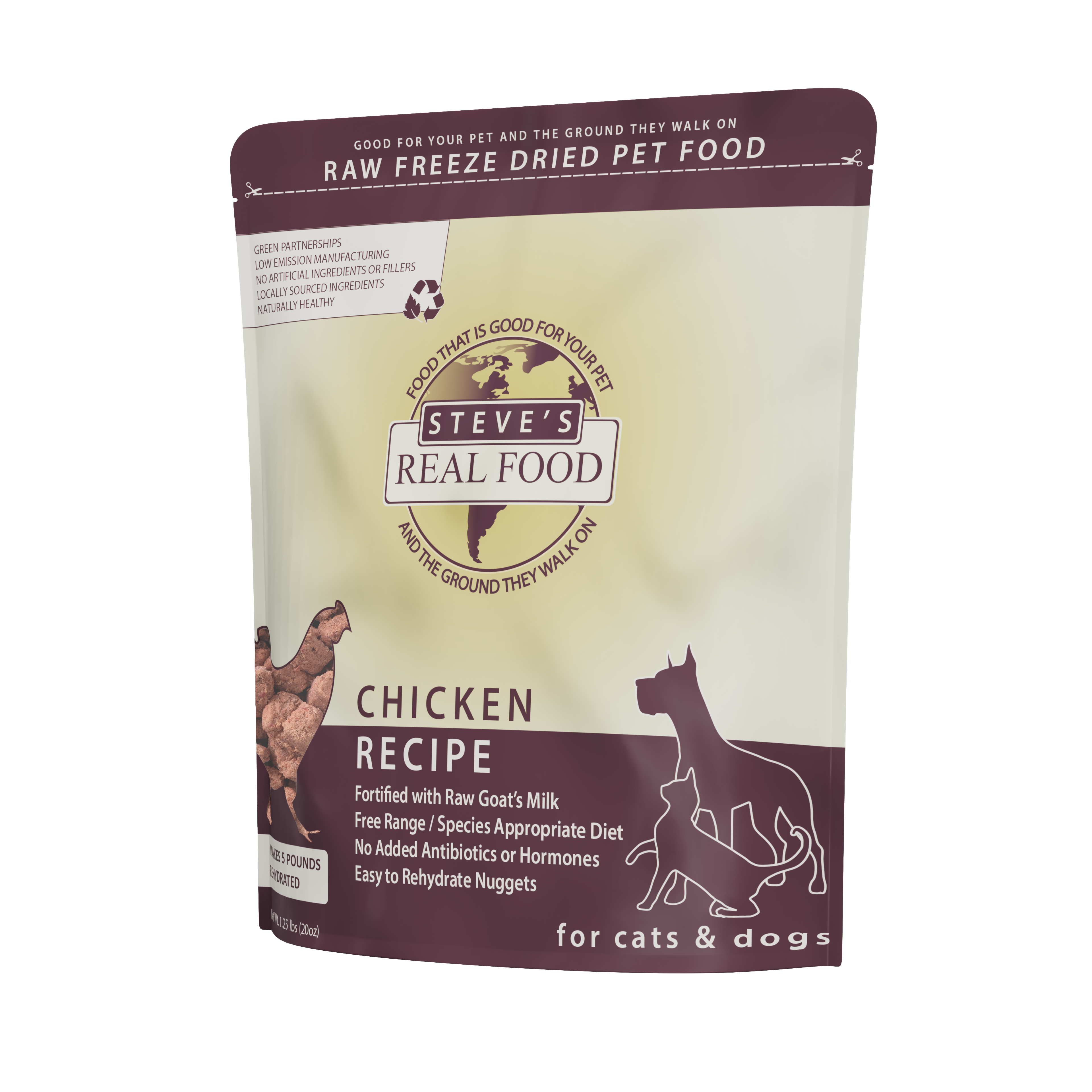 Freeze Dried Raw Pet Food
Freeze Dried Raw Pet Food
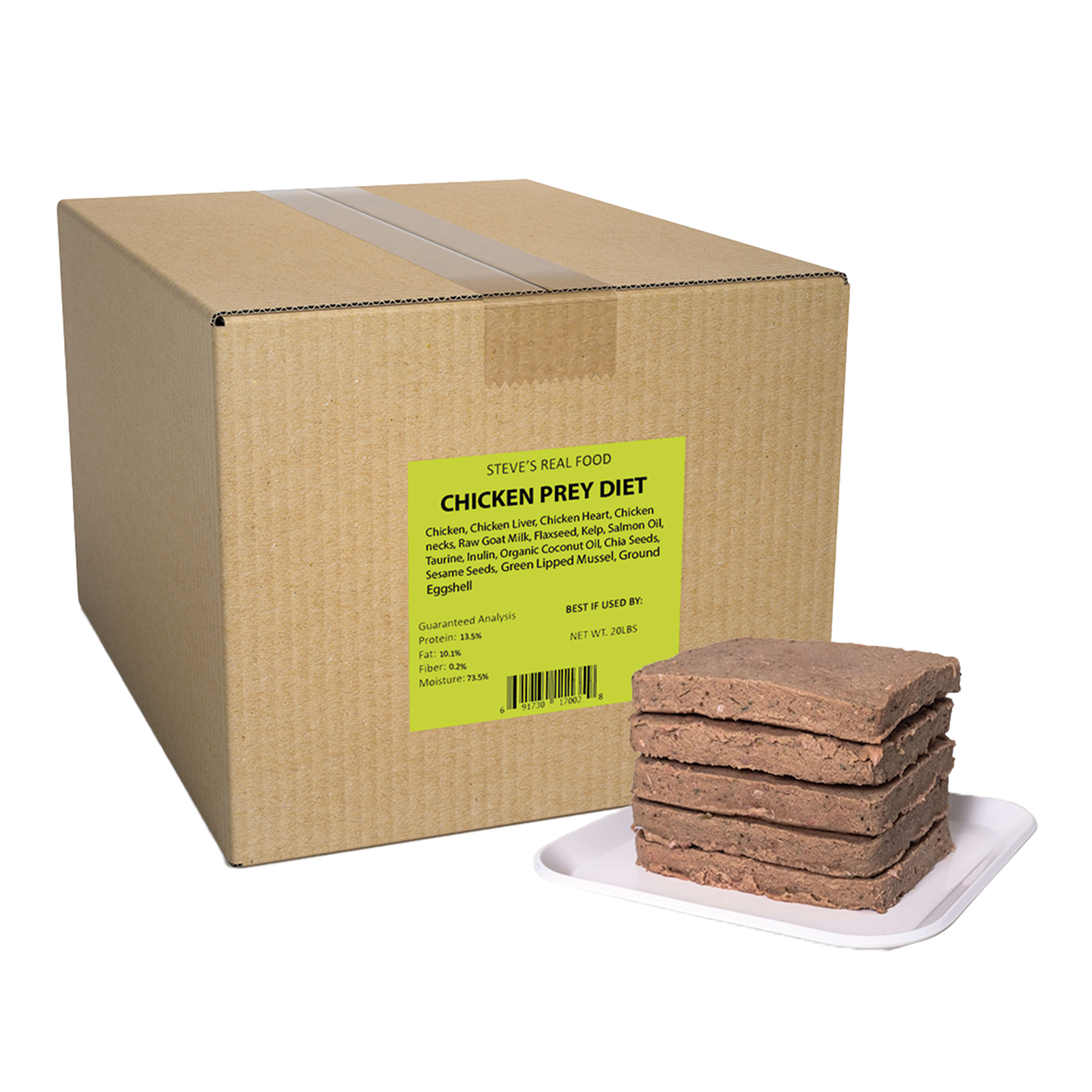 Frozen Prey Diet
Frozen Prey Diet
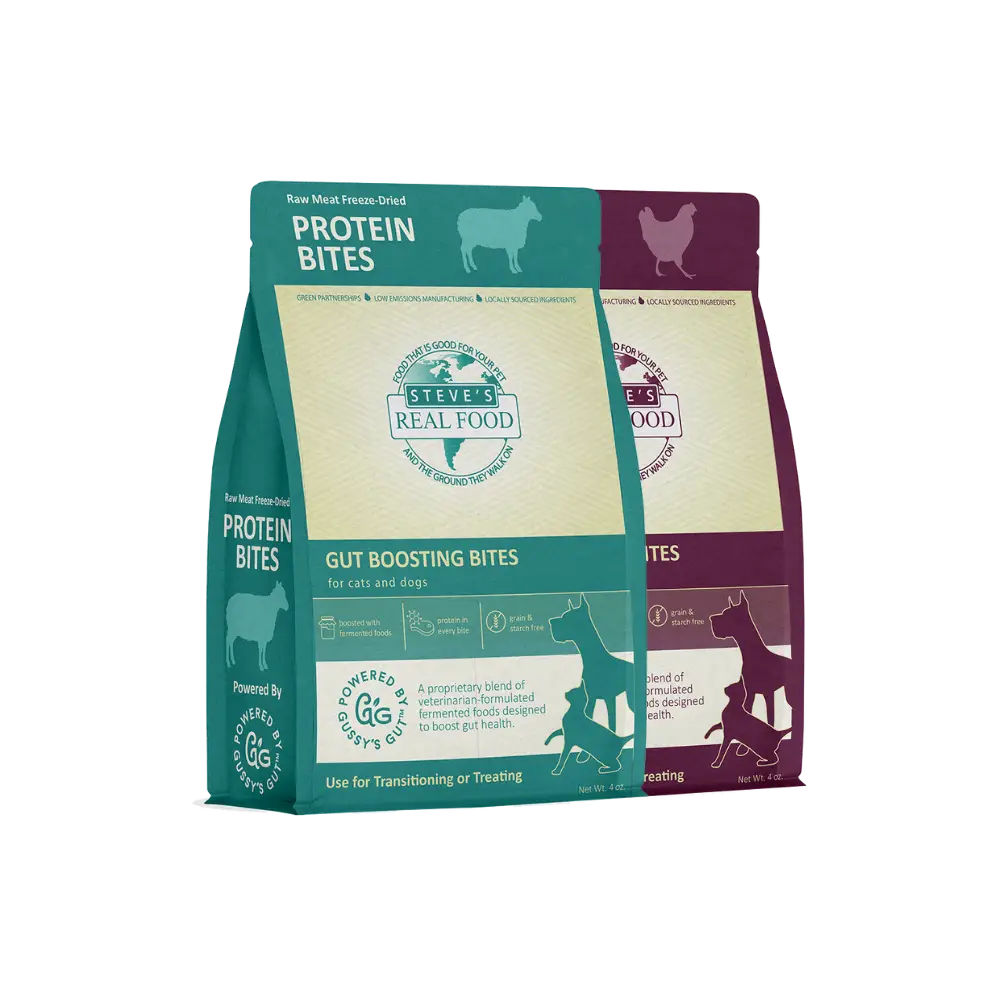 Freeze Dried Protein Bites
Freeze Dried Protein Bites
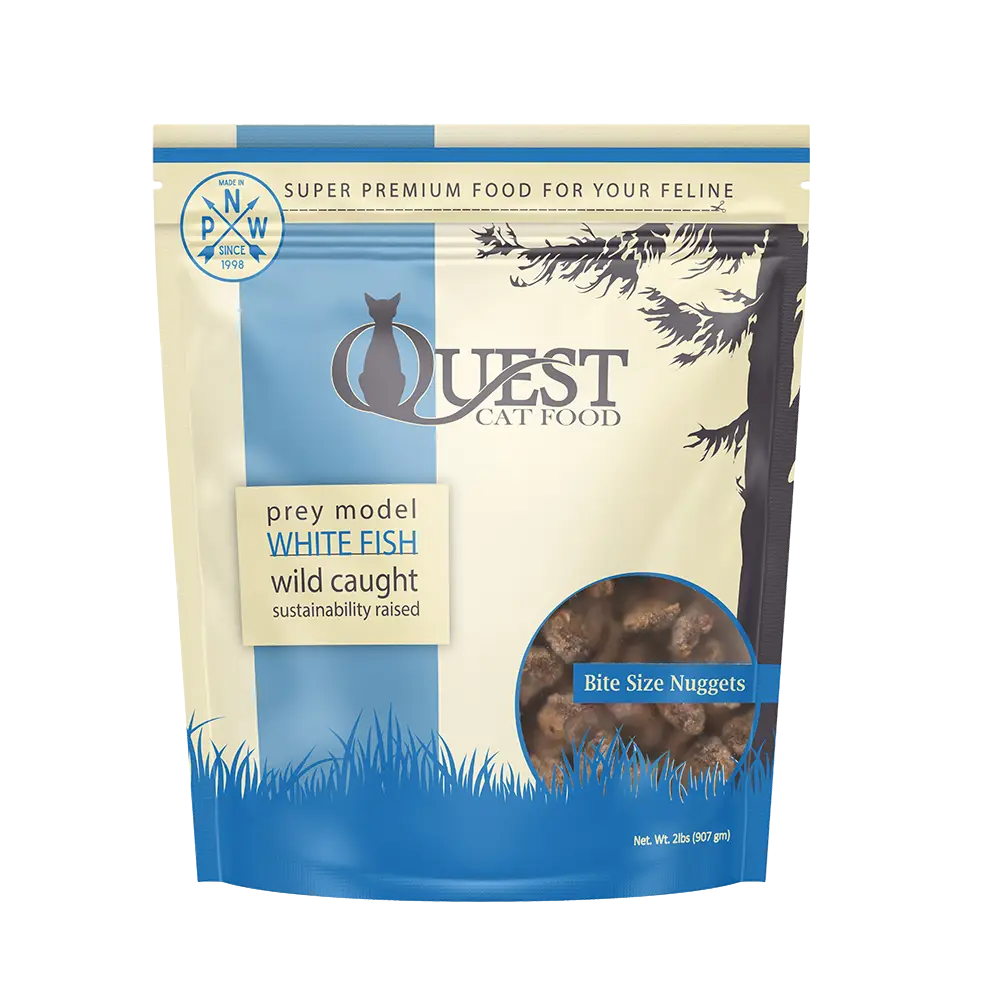 Frozen Quest
Frozen Quest
 Freeze Dried Quest
Freeze Dried Quest
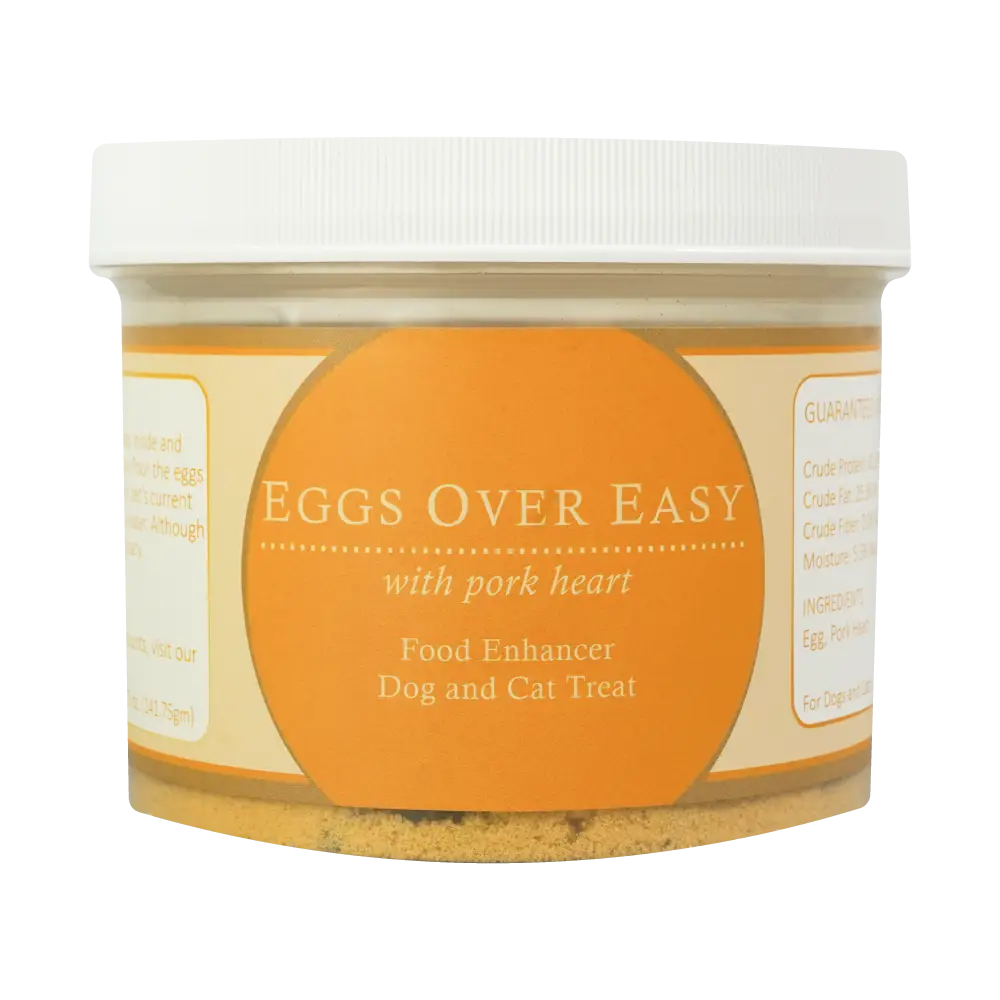 Eggs over Easy
Eggs over Easy
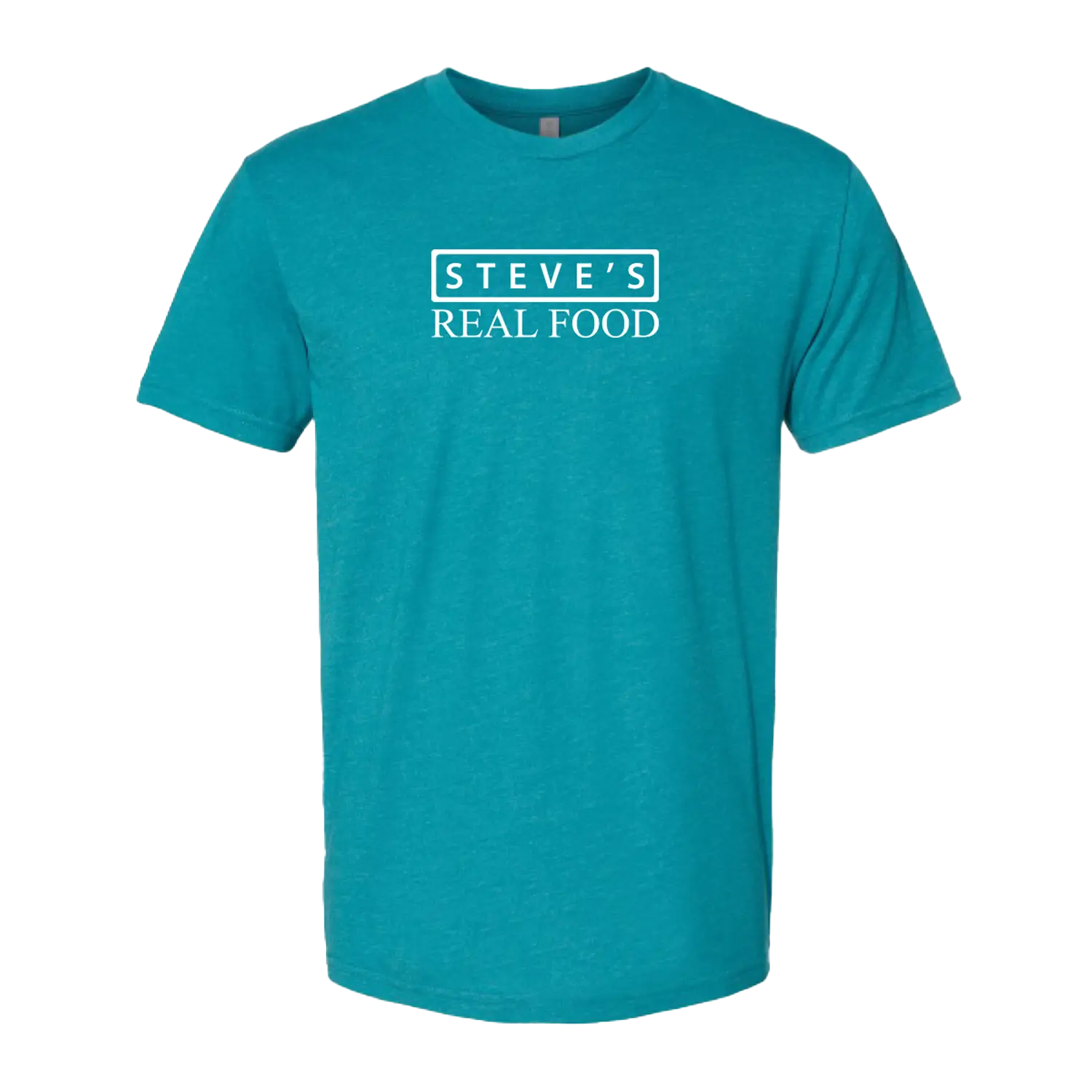 Steve's Merch
Steve's Merch 